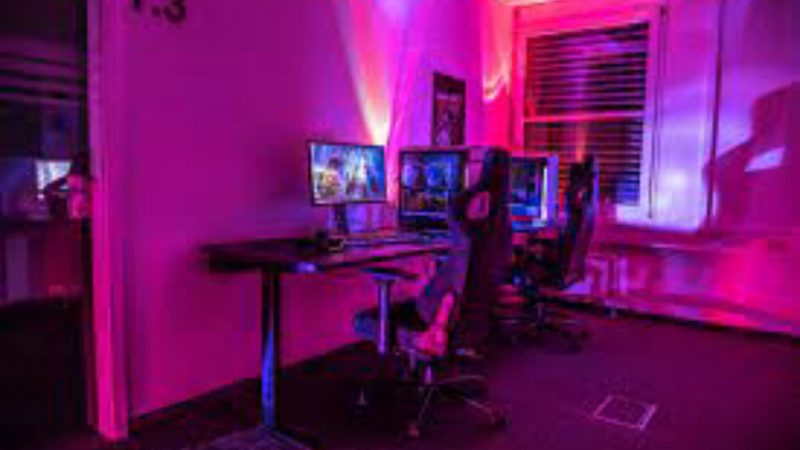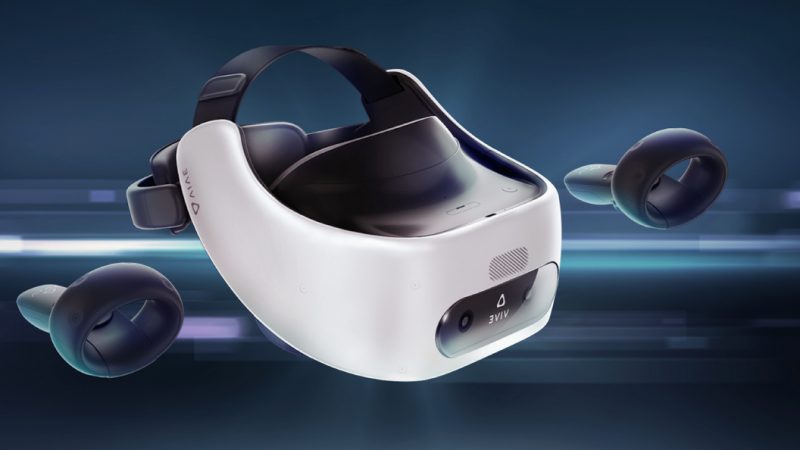Apple Creates Two Distinct Platforms for Smartglasses
Apple’s first headset will likely serve as a proof of concept or reference design. They will compete in an indoor-only, short term market — heavy, hardware-laden devices that will provide mind-blowing experiences but are too bulky and geeky for general business or consumer usage.
They’ll also give developers reasons to use ARkit or embrace ARkit for the first time. They will allow enterprise developers to create custom apps. They will encourage niche markets to use realityOS in event marketing and experiential marketing. They will show the world Apple’s plans and make it safe for the Apple Glasses. These glasses could become the new standard in smartphone technology and replace smartphones.
If I am not mistaken, Apple will name this headset ” Apple Reality.”
Apple may have this in mind. Apple’s ideal scenario would be for its AR glasses to ship in three years and have thousands of apps running on them by ship day.
It takes a lot of time to create truly compelling apps. Enterprises need to have years of experience in testing, development, training, and integration. Apple’s “Reality” headset, a stopgap solution, will allow them to have the time they need.
It could work. It’s possible. Apple has a strong track record. It will all depend on Apple’s actual development and the performance of its competitors. There will be competition.
Apple is likely to be the dominant player in the third major culture-shifting revolution, along with smartphones and PCs. It doesn’t matter if Apple succeeds or fails; AR glasses will be the third great revolution.
Smartglasses are changing the world
Smart glasses can be worn everywhere, just like regular glasses. They enable the “augmented society.” Every element that you see on a webpage, ebook, or document is a way to access relevant information. It can be copied and pasted, captured, indexed duplicated, sampled, and saved.
Print content? It’s not so important. It just sits there, disengaged.
University of Surrey researchers have unveiled a new version of their Next Generation Paper (NGP). Physical paper books that use low-cost conductive papers can provide augmented content by simply using a swipe or swipe of the paper. The context information is displayed on a nearby device.
Advanced AR glasses will sweep away this idea. They will recognize text and provide any type of contextual information using hand gestures. No special paper, smartphone or tablet is required. The context information will hover above the book.
Cameras and other sensors will allow our glasses to recognize signs, landmarks and objects. QR codes will allow glasses to know where to place virtual images or information.
AR has made it possible for all things to acquire digital attributes. This is a huge shift.
Knowledge about things will be increasingly found in the objects themselves and not in humans or on any internet “go to”. The internet will become the Internet, and the world will become the internet.
It’s tempting to wonder if smart glasses can enable the same things that we do on our smartphones. However, smartphones have enabled many behaviors we don’t even know existed — like posting photos on social media. Smart glasses will make the entire world our AI-augmented computers and allow us to imagine behaviors and abilities that we don’t know exist.
Apple cannot afford to be second in the next generation of culture-shifting technologies. So I believe Apple is building two platforms, one for developers and the other for revolutionaries.
<< Previous








